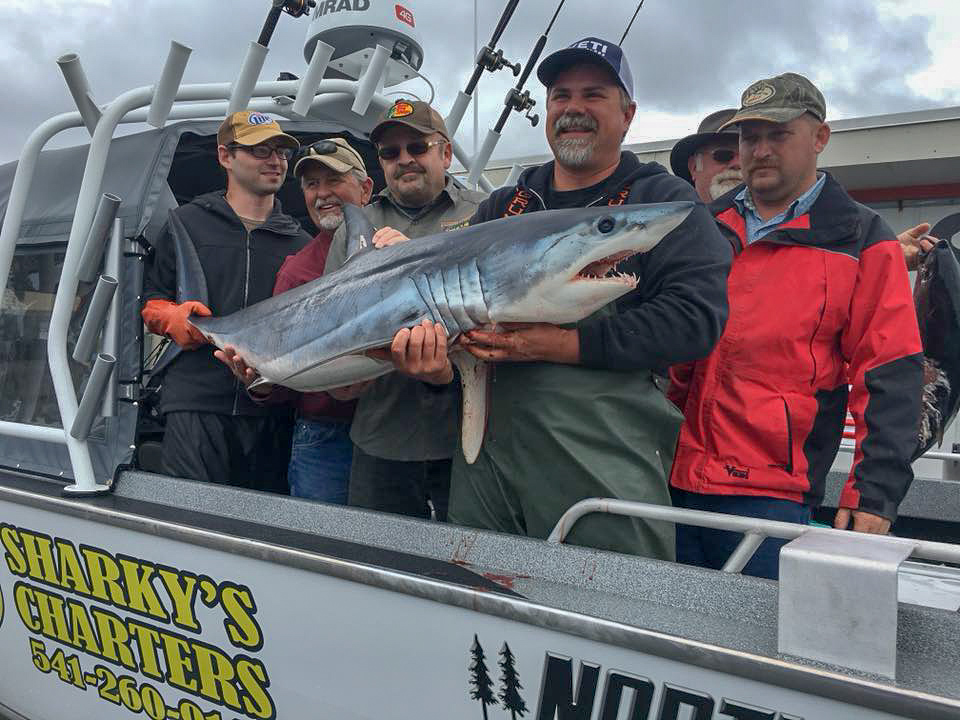In the fall of 2017,when California fisheries biologists went out to count Chinook salmon in the hatcheries and rivers, what they found must have shocked them.The spawning beds were nearly empty. Just 7 months earlier managers had made a projection of 133,242 Chinook would return to central valley watershed. Mangers now estimate in 2017 only 33% or 44,574 of the California Central Valley Chinook Stock returned to spawn a new generation of salmon. Scientists have found salmon returns very difficult to predict despite all the modern advances science has made. Just this month their findings became public and the Pacific Fisheries Management Council (P.F.M.C) Salmon Technical Team (S.S.T) published the “Review of the 2017 Salmon Fisheries“. This document is prepared for the P.F.M.C to aid in the annual commercial and recreational salmon season setting process. California’s Central Valley Chinook Salmon stock has now meet the (PFMC) definition of being overfished, a very poor word choice in my opinion, when in fact it is well known that the decline of salmon is tied to so many other factors. As defined in the document a stock is “overfished” when the three year mean of returning natural and hatchery Chinook returning to Central Valley fall below 91,500 fish. From 2015-2017 the mean Chinook spawning is 76,714 well below the defined criteria for listing. What will this mean for the salmon fisherman and coastal economies dependent on the out come of the season setting process? That will be determined by the PFMC in March and April meetings. You can bet that it won’t bode well for anyone directly tied to the salmon economy. Already suffering from a poor crab season fisherman and coastal communities will be hit the hard once again. Only 400 permits remain in the commercial California salmon fishery. Only a few of these permits are active due to the decline in salmon numbers. For many fishers that are just hanging on hoping for a miracle this may be the final blow. The Central Valley Chinook Stock is the major component of the Chinook salmon fishery in Oregon and California. What happens in California effects fisherman in Oregon directly because the fish are highly migratory and spend much of there life off the Oregon Coast. In 2018 fisherman will likely see strict regulations in the ocean created to recover this stock from an overfished status. These regulations will likely be more stringent than 2017, and Oregon’s offshore waters may face an entire closure of both the recreational and commercial fishery. P.F.M.C has not released to the public whether “overfishing” occurred on the stock in 2017, however they were sure to include in the report that overfishing did not occur in 2016. I will need to investigate further to discover what the implications are if overfishing was deemed to have occurred in 2017. Again it can’t be good for the fisherman or communities. When the Kalamath River in 2016 was defined by PFMC as overfished it resulted in the closure of all commercial salmon fishing in southern Oregon and Northern California and a complete closure for most of the season in the Kalamath Management Zone (KMZ). With the March PFMC meeting fast approaching, be watching the PFMC website for the Preseason Report I.This is the document that outlines the stocks abundance forecast. Lets hope the cooling ocean has been kind to our quarry the salmon.


